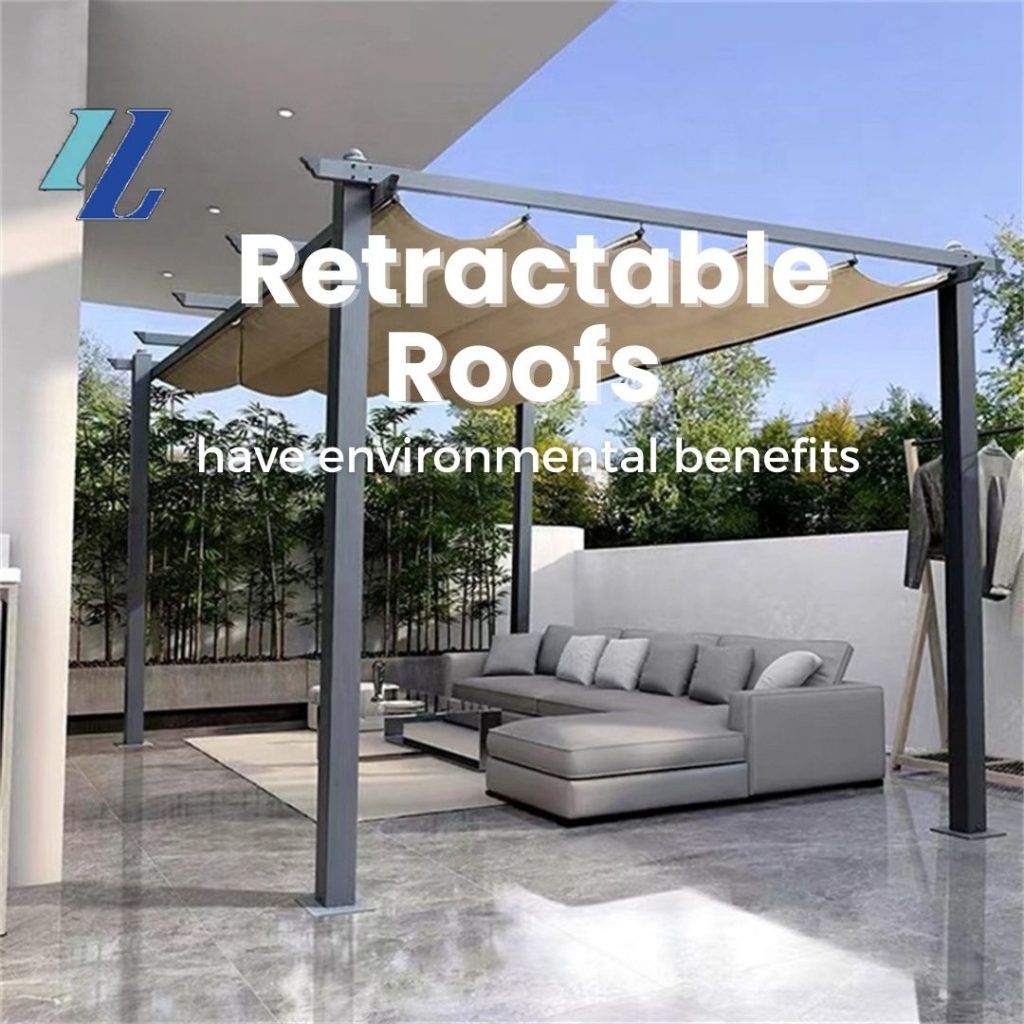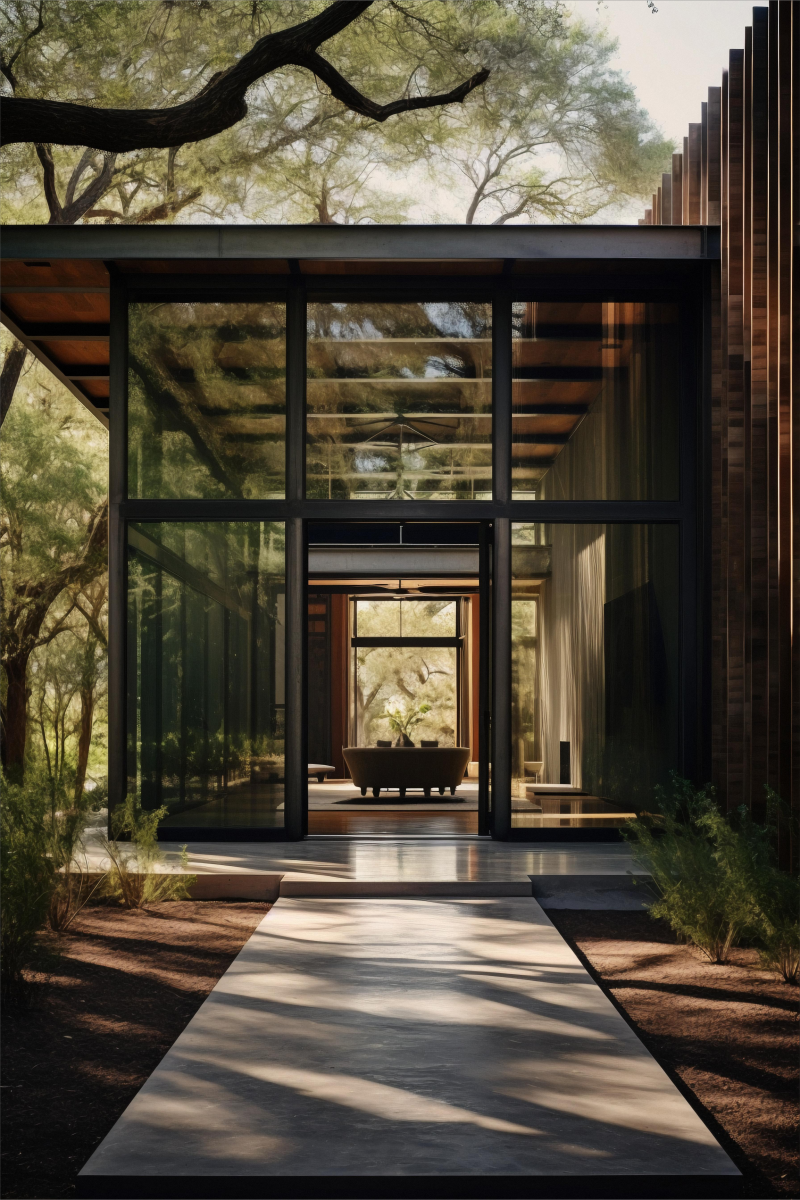
Retractable roofs have environmental benefits
Table of Contents
Today the protection of the environment and sustainable development are now a major consideration in the design of architecture. In terms of an architectural innovation retractable roofs do not just allow for flexible utilization of space however, they also offer substantial environmental benefits. In this post, we’ll take an in-depth look into how retractable roofs are a great way to encourage sustainable development as well as environmentally sustainable living. They will also demonstrate their importance in contemporary eco-friendly buildings.
Improvements in energy efficiency
One of the biggest positive environmental advantages of retractable roofs is their energy efficiency. The design of the roof allows buildings flexibility to adjust to climate conditions and seasonal changes and optimize energy usage:
Natural lighting utilization
In sunny weather the roof retractable can be opened in order to make the most of the natural light. In addition, this decreases the need for artificial lighting, it also lowers the amount of electricity used. Studies show that making the best utilization of sunlight can cut down on energy use for lighting by 30 percent or more..
Regulation of temperature
In summer heat it is possible to have the roof extended to let in natural air as well as lower temperatures inside. This can drastically cut down on the need for cooling, which in turn reduces the amount of energy consumed. In winter, when it is cold times, closing the roof will help to retain the heat inside and cut down on heating requirements.
Intelligent control system
Modern retractable roofs are often equipped with sophisticated control systems that adapt to environmental conditions like temperatures, humidity and light. This exact control also optimizes the use of energy and reduces consumption.
Materials Sustainability
The advantages for the environment of retractable roofs are evident in the building materials that are employed:
Durability
The top quality retractable roofs are built from strong components like aluminum alloys, or high-performance polymers. Long-term service lives of these roofs reduces the need of replacing, thus reducing energy consumption and waste production.
Recyclability
The majority of materials that are utilized to create retractable roofs can be recycled. Aluminum, for instance, is a recyclable metal that is able to be reused for a long time without sacrificing its quality. This drastically reduces the demand for new materials and decreases the environmental impact.
Requirements for low maintenance
The roofs of retractable roofing typically need lower maintenance because of the high-end materials used and their advanced design. It means fewer detergents and the need to replace less components and, in turn, lessening the environmental impact.
Spatial Optimization as well as Ecological benefits
It also provides eco-friendly benefits, by making the most of space:
Green space creation
In urban settings the retractable roofs provide fresh opportunities for green space. Sky gardens and roof gardens are able to thrive with this design, increasing urban green space as well as improving air quality as well as contributing to the urban eco-system.
Rainwater collection
A few retractable roof designs incorporate rainwater collection system. They can be used to collect rainwater and store it for irrigation, or for other uses that are not potable which reduces the need for municipal water sources.
Heat Island Effect Mitigation
In urban areas in urban areas, retractable roofs may help reduce the effects of heat islands. Reflecting sunlight and supplying shade, these roofs are able to decrease temperatures surrounding buildings, and also reduce the overall heat build-up.
at the end
Innovative as a building option Retractable roofs have a significant role to play in encouraging environmental protection as well as sustainable growth. From improving energy efficiency, to sustainability of materials and space optimization green building, and encouraging sustainable living the design has ecological benefits at multiple scales. As the advancements continue in technology as well as the rise in awareness of the environment the retractable roof will play greater roles in greener buildings of the future as they contribute to an environment that is more sustainable for urban life.

